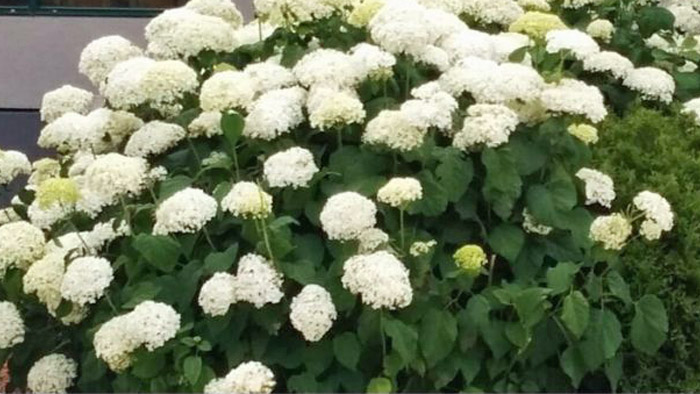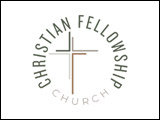Annabelle Hydrangea and its family members (hydrangea arborescence) are very popular shrubs here in Manitoba. We would technically call them a perennial shrub as you do need to prune off the dead frozen tips each year, similar to a perennial like a peony or daylily.
Annabelle is native from as far north as New York and Massachusetts, west through Illinois and then south. It tends to be found near streams but can grow in somewhat drier areas. It is usually in a little bit of part shade as well. However, Annabelle is a selected cultivar of the native species. It has been selected for its larger blooms and flower count. It was the first hydrangea arborescence grown here but there are now an out branching of many other varieties. We have the incredible Incrediball! It has bigger, white flowers and thicker stems. Then there is the Incrediball Blush which has the same large flowers like its predecessor but it is a light pink. And finally, there is the Invincible Spirit 2. It appears to be one of the hardier, dark pink arborescens types.
Caring for the Annabelle Hydrangea does have a couple of challenges. They do not like to be too dry, nor extremely wet. It is also helpful to have snow cover on the roots for winter protection. This helps to insulate the roots during the winter months. This can also be achieved by adding bark mulch to the base. Another consideration that helps a lot as well is planting these shrubs on the east side of a building. This provides protection from northwest wind and can help prevent the wind from blowing the snow away. Every spring you will need to prune back the growth to approximately 4 to 8 inches from the ground. This is actually not a bad practice, no matter how mild your climate is. If you allow the plant to grow multiple years it would become very floppy. Pruning encourages fresh growth that is more upright and will help create a more uniform and sturdy form. The mature height is generally between 3 and 4 feet tall and will reach that height every season. Online, it will be listed that they can be planted anywhere from Zone 2B to 4A. Experience here however tells us it’s probably in the 3B area which means it would not do well in exposed areas where snow would blow off. This is where the bark mulch can be a valuable asset.
Besides the large flowers, which cluster between 6-10 inches, the blooming period is a big feature. It should start blooming in late July to early August and continue into October. The flowers will start out greenish white, then turn bright white and return to a lime green. Once the blooms are finished, after killing frost, they have one more appeal. They will be a beige tone and make for great cut dried flowers.
As with most plants, it is important to know something about its particular needs. Annabelle, and its cousins, can be grown well and can be expected to perform well most years, but the wrong location or the wrong winter climate can do it in: so it’s incumbent to learn as much as you can before you plant it in the wrong environment with high expectations being dashed. They are beautiful and worth it. Just take the time to look after it… like pretty much everything valuable in life.




